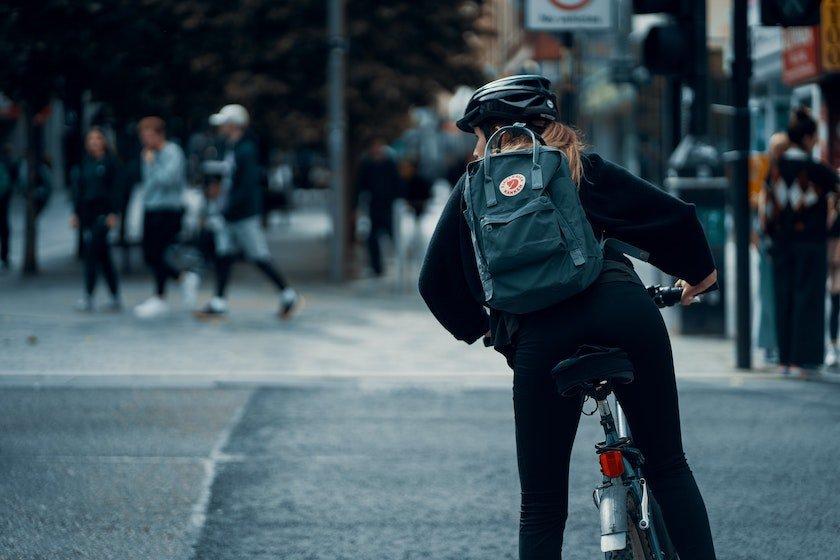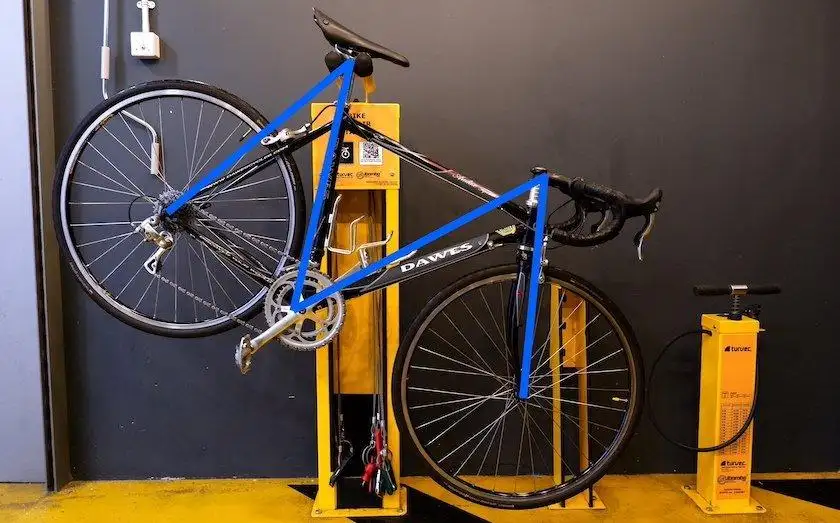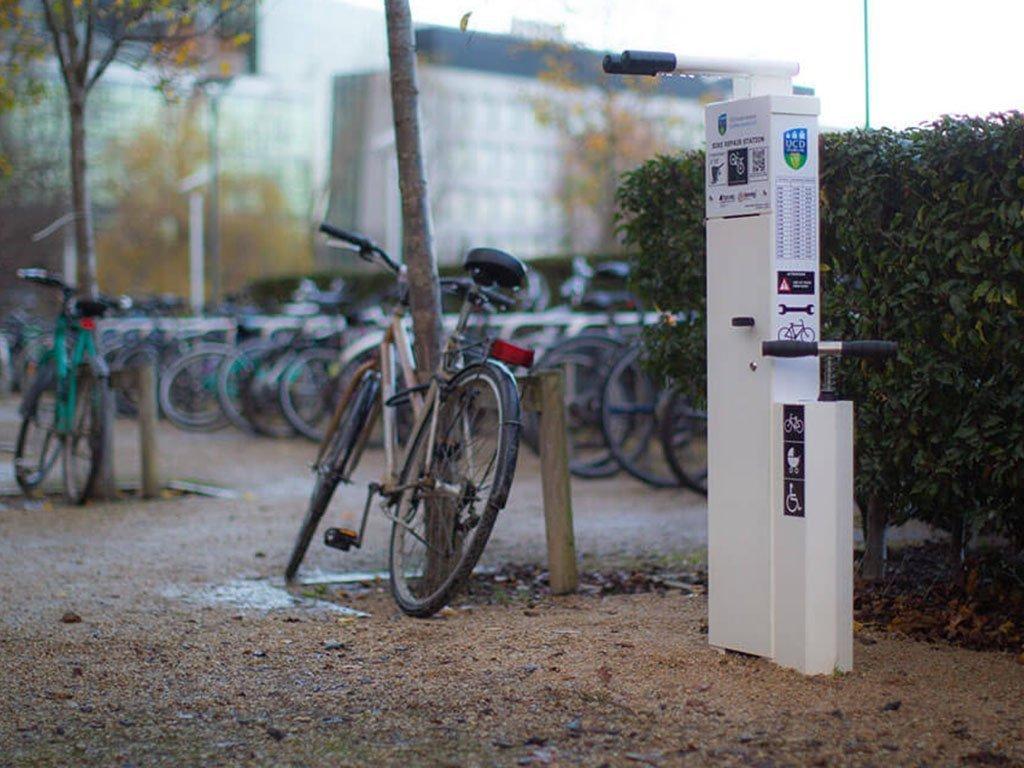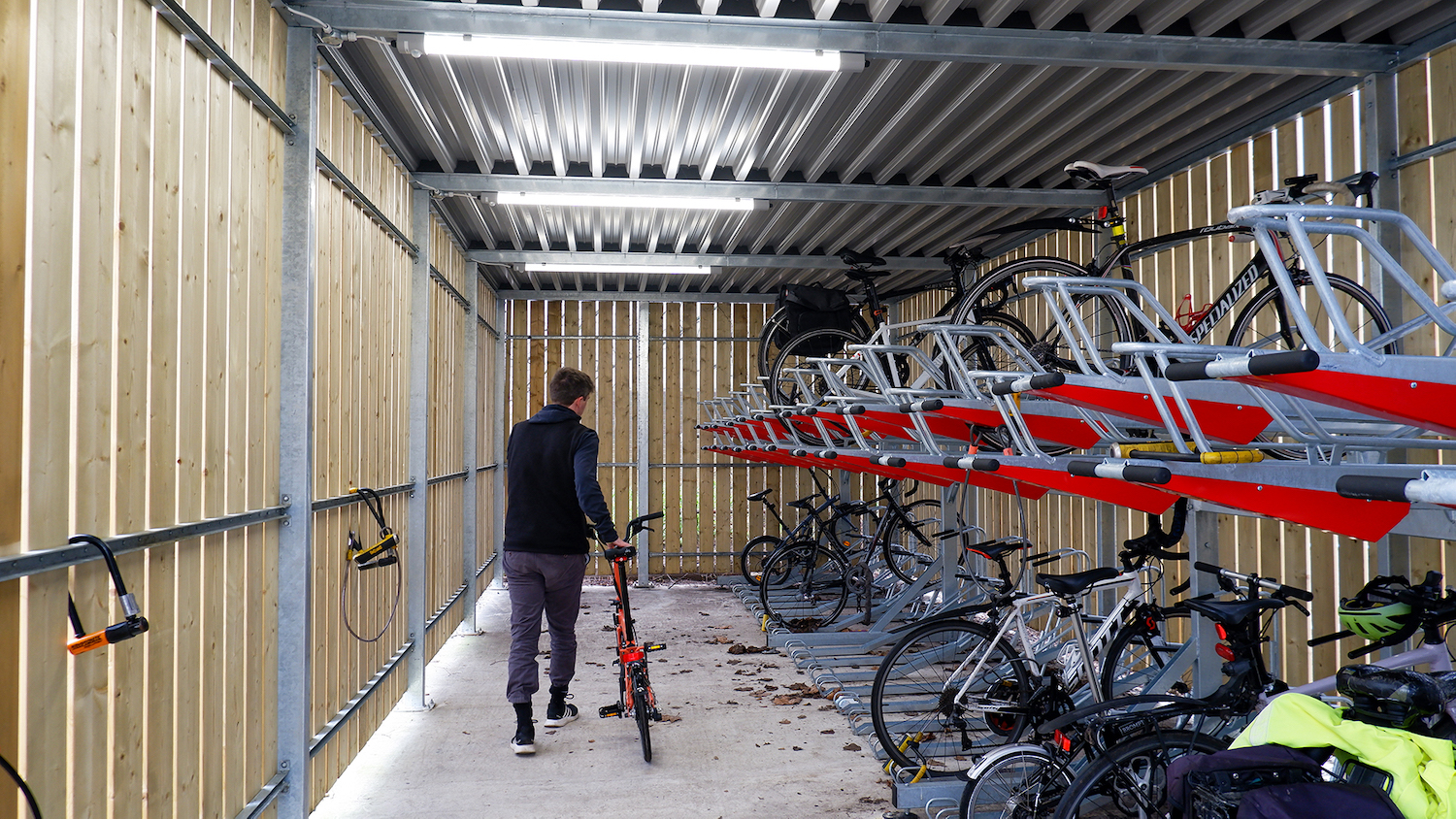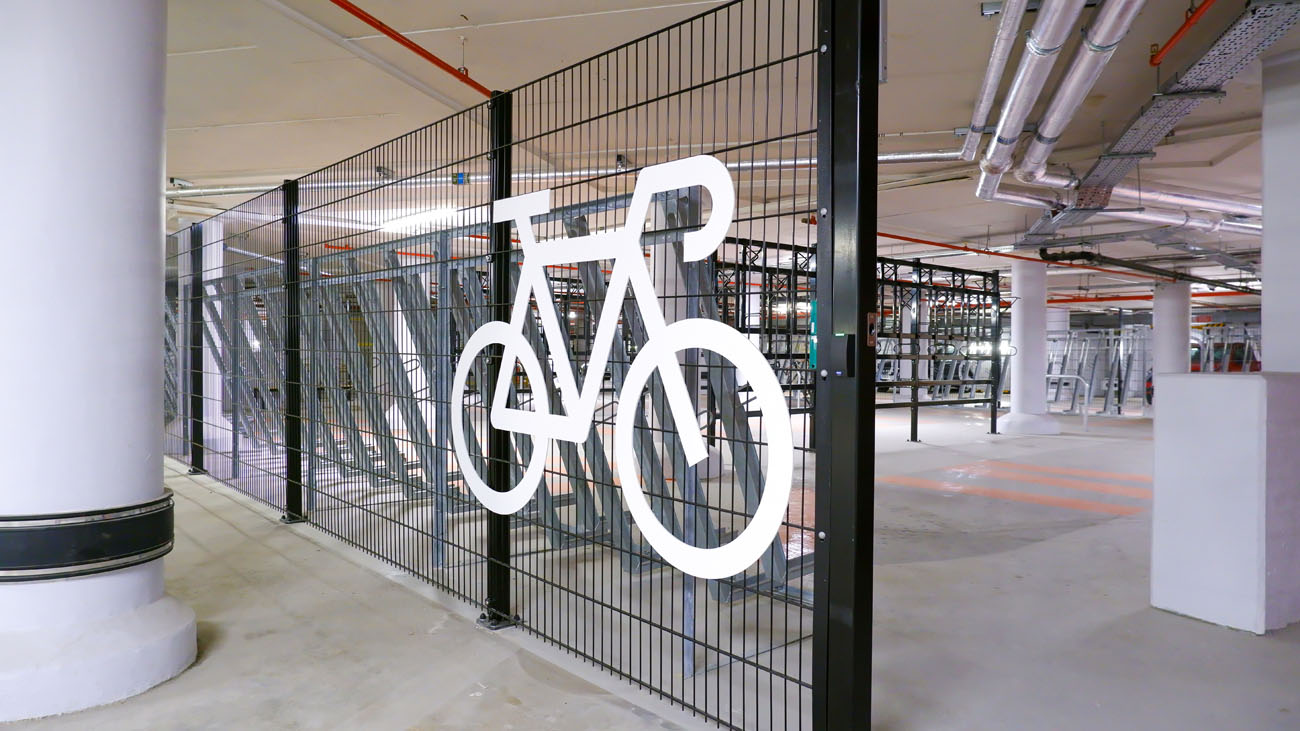The saying goes that cycling is, well, “just like riding a bike”. While that may be true to an extent, feeling fully confident on a bike takes a bit more than that.
If you’re brand new to cycling, or even if you’ve only ridden a handful of times in recent years, you may still feel intimidated by riding a bike. Perhaps you feel nervous going downhill, are unsure what to do in traffic, or feel overwhelmed cycling in a group.
The following steps are a great way to think differently about your cycling and how to practice and hone your skills.
1. Find the quiet route
Cycling to work is great. We think it’s the best way to commute – staying active, great for our environment, money-saving, clearing your head before and after a hard day’s work – the benefits are too long to list.
But unfortunately to get started, that usually means cycling within a city at the same time as buses, cars, pedestrians, and other cyclists. Rush hour.
Writing this five years ago and the chances you’d be able to use cycle lanes for the majority of your trip would be low. Thankfully that’s changing, and hopefully the guidance in the future will be around how to be courteous to other cyclists.
For now, it’s likely you won’t have a segregated cycle lane for the entirety of your commute, but that doesn’t mean you have to cycle on busy roads the whole time either.
Take your time to find a quieter route to work, even if it looks a lot further on the map. This gives you a chance to practice your bike handling. Simply put, the longer you spend cycling, the more confident you’ll feel.
Cycling is fun too, and taking the longer and quieter way round means reaping more of its rewards.
2. Riding in traffic
When in traffic, it’s important not to feel intimidated or rushed by the vehicles around you. While it can feel overwhelming, the noise and size of cars shouldn’t dent your confidence.
However, that’s easier said than done. What are the practical things you can do?
Firstly, be bold and clear with your signalling. If you know you have to cross lanes to turn off, move into that lane as soon as you can, and don’t panic that you’ll hold up the car behind you.
If possible, you can make eye contact with the driver. Contrary to some cyclist’s beliefs, most drivers are happy to let you through and give you space. Give them a smile and indicate clearly – it will help build your confidence knowing they’re not against you.
Don’t just hug the gutter. By trying too hard to go unnoticed, you’ll risk inviting cars to overtake unnecessarily. Plus you’ll have to dodge drains and potholes. Give yourself enough space and don’t be afraid that you’re holding up traffic – you won’t be.
And even if you see other cyclists hurtling through small gaps in slow moving traffic, that doesn’t mean you should follow. Do things your way and you’ll feel more comfortable for it. Stick to the Highway Code and in time your awareness and self-confidence will only increase.
